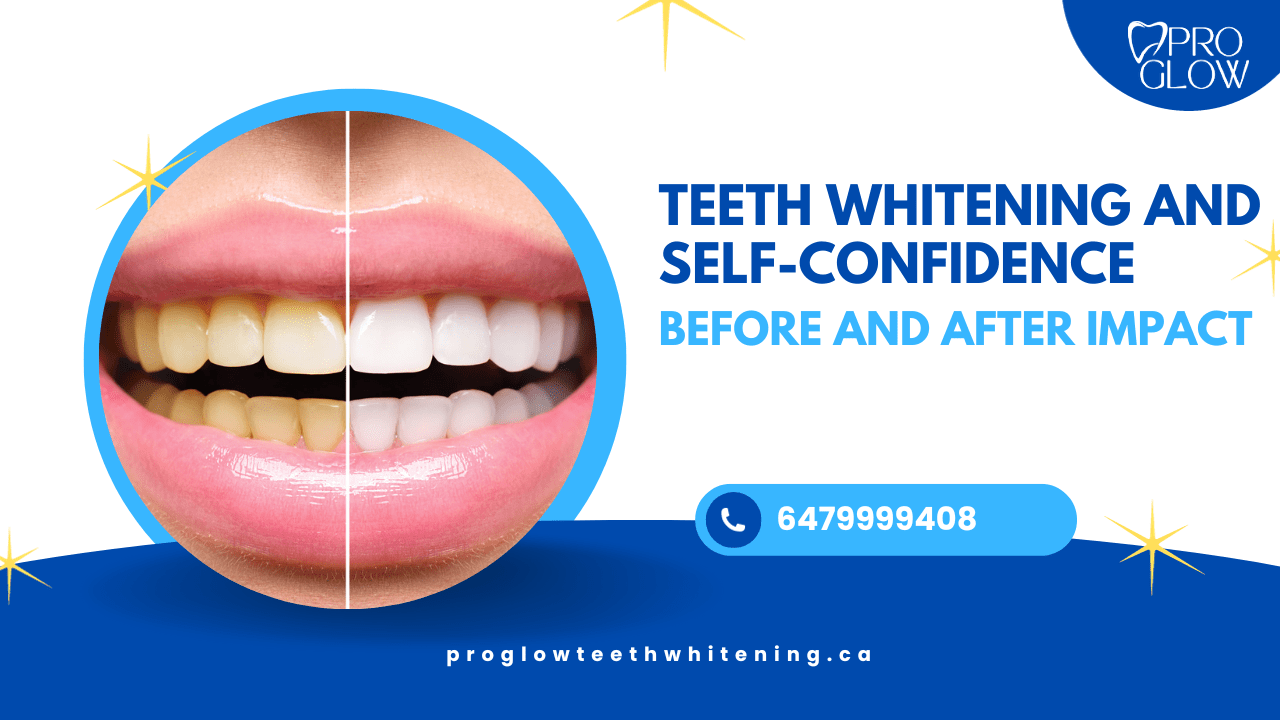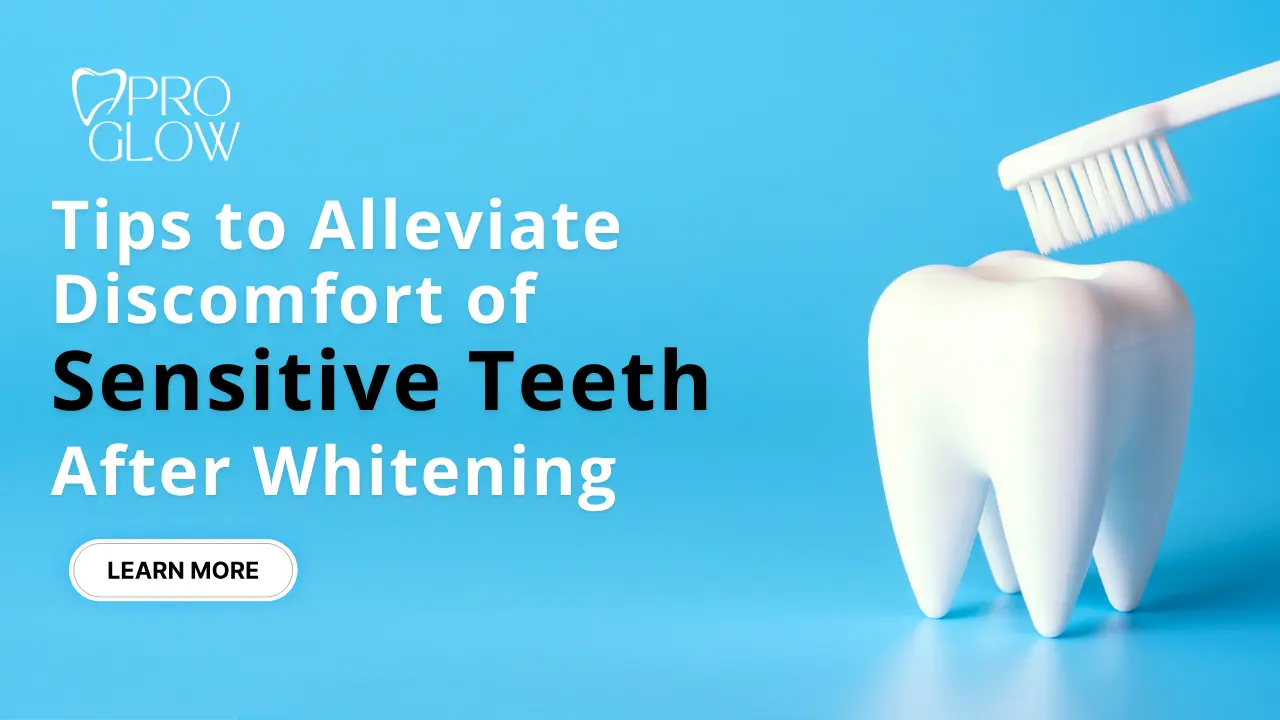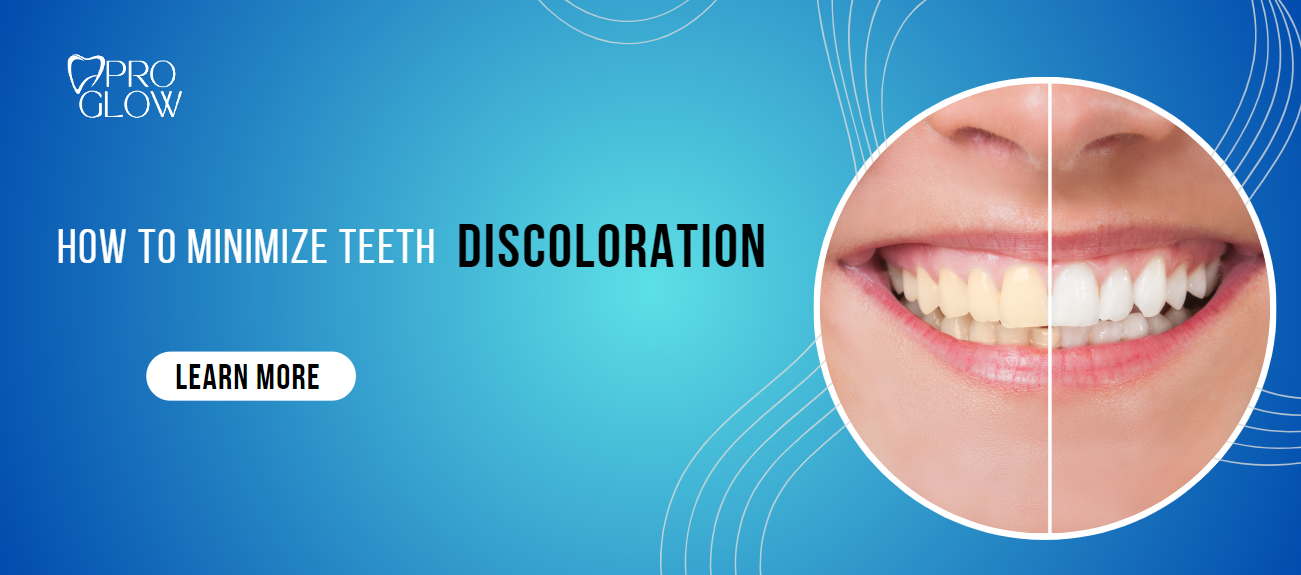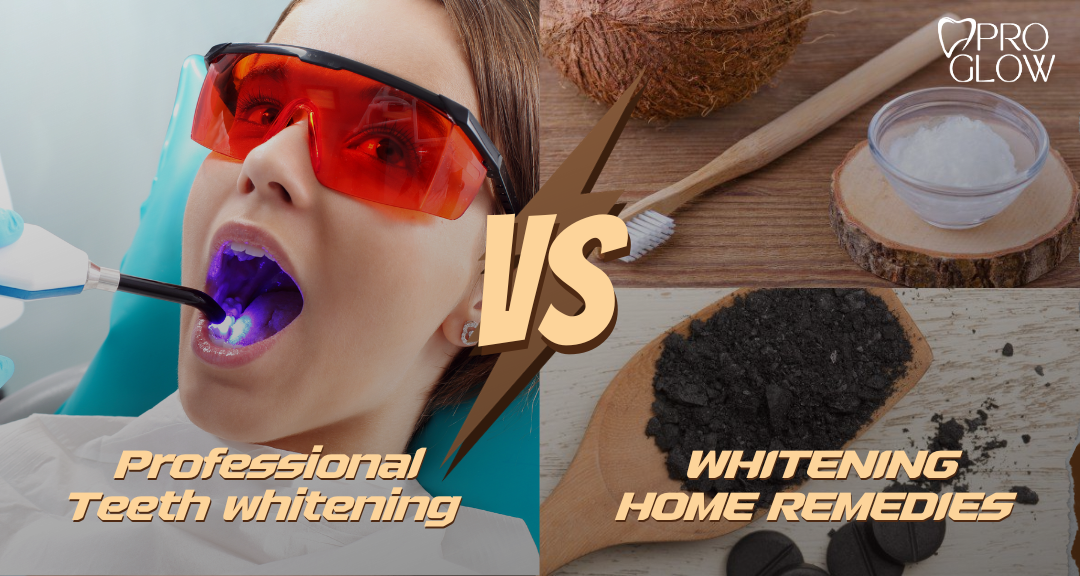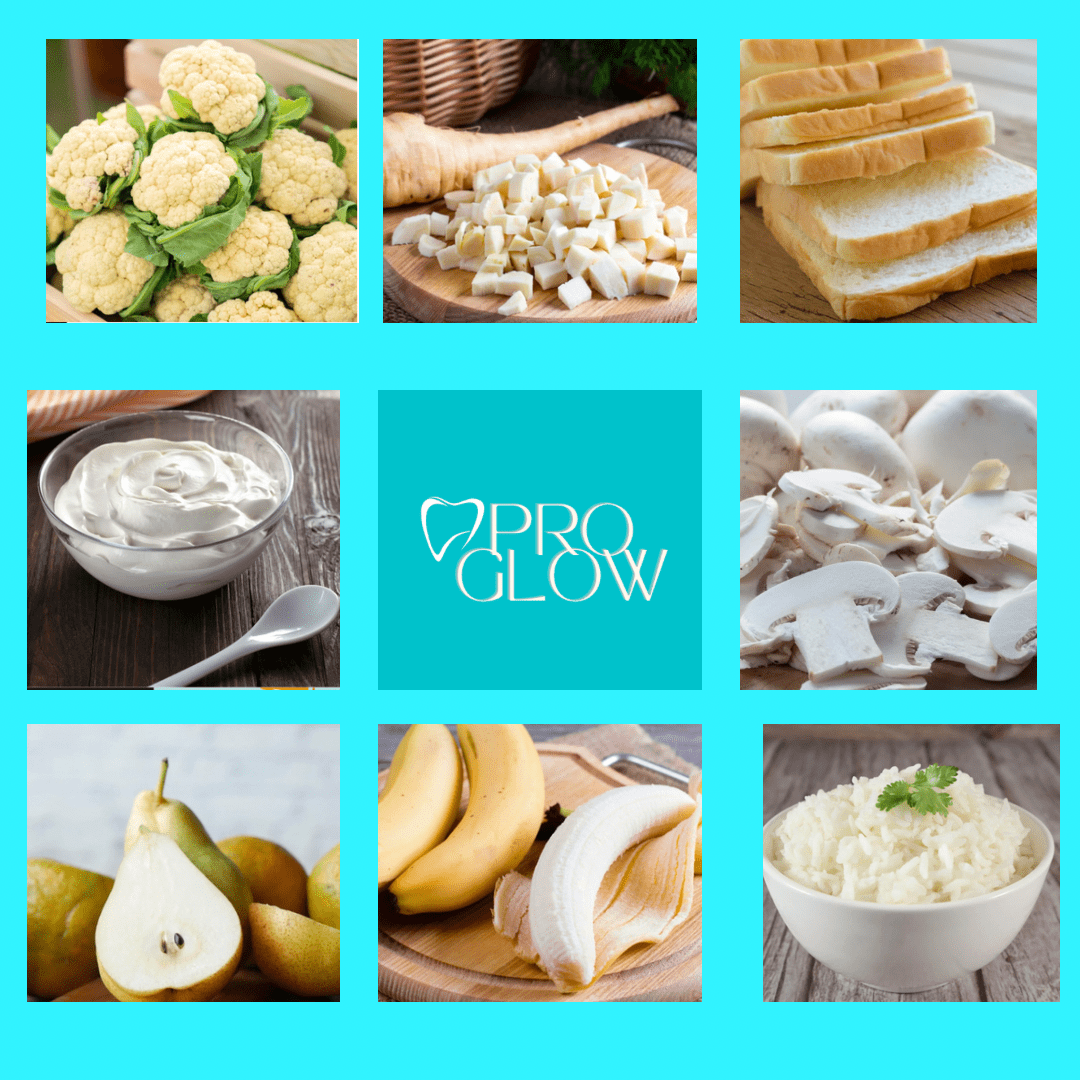A bright, radiant smile is more than just a display of good oral hygiene; it’s a powerful expression of self-confidence. In the realm of cosmetic dentistry, teeth whitening has emerged as a transformative procedure not only for oral aesthetics but also for the psychological well-being of individuals. The impact of teeth whitening on self-confidence is undeniable, and the journey from teeth whitening before and after often goes beyond a physical transformation, touching the core of how individuals perceive themselves. In this exploration, we’ll delve into the profound relationship between teeth whitening and self-confidence, examining the before-and-after impact on individuals’ lives.
Understanding the Psychological Connection
The link between oral aesthetics and self-esteem is a well-documented aspect of psychology. A bright, white smile is often associated with health, vitality, and positive personal attributes. When individuals choose to undergo teeth whitening, they are not merely seeking a cosmetic enhancement; they are embarking on a journey to boost their self-confidence and enhance their overall well-being.
Before: The Impact of Stained Teeth on Self-Image
Before undergoing teeth whitening, individuals with stained or discolored teeth may experience a range of emotions linked to their self-image. Stains on teeth, whether caused by aging, lifestyle choices, or dietary habits, can lead to feelings of self-consciousness and reluctance to smile openly. The appearance of yellowed teeth may create a barrier to self-expression, affecting social interactions, work environments, and even personal relationships.
During: The Teeth Whitening Process as a Catalyst for Change
The professional teeth whitening services serve as a catalyst for change, both physically and emotionally. As individuals witness the gradual transformation of their teeth during the whitening procedure, a sense of anticipation and excitement builds. The act of investing in one’s smile becomes a declaration of self-worth, and the commitment to the process fosters a positive mindset.
After: Unleashing Confidence with a Radiant Smile
The aftereffect of teeth whitening extends far beyond the physical change. A bright, white smile becomes a source of newfound confidence, influencing various aspects of an individual’s life.
Enhanced Self-Image:
Professional Success:
A radiant smile can positively impact professional success. Individuals often report feeling more confident during job interviews, presentations, and client interactions, attributing their increased self-assurance to the enhanced appearance of their teeth.
Social Interactions:
Improved self-confidence translates into more comfortable and enjoyable social interactions. Individuals who once hesitated to smile in photos or engage in conversations due to dental insecurities find themselves actively participating in social events with renewed confidence.
Emotional Well-Being:
Reduced Anxiety:
Many people with stained or discolored teeth experience anxiety related to their appearance. After teeth whitening, individuals often report a reduction in social anxiety, as the fear of judgment based on their teeth diminishes.
Positive Self-Talk:
The impact of a brighter smile on self-talk is significant. Individuals find themselves using more positive language to describe themselves, fostering a healthier internal dialogue. Thus, the journey from teeth whitening before and after takes you towards confidence.
Personal Relationships:
Improved Dating Confidence:
A confident smile can be a game-changer in the dating world. Individuals who undergo teeth whitening often report increased confidence in their romantic pursuits, leading to a more positive dating experience.
Enhanced Familial Bonds:
Family dynamics can also benefit from improved self-confidence. Parents, for example, may find themselves engaging more actively in family activities and creating lasting memories with their children.
Breaking Barriers:
Overcoming Self-Imposed Limitations:
Stained teeth can sometimes lead to self-imposed limitations, such as avoiding public speaking or refraining from participating in events that draw attention. After a laser teeth whitening in Toronto, individuals often find themselves breaking free from these limitations and embracing new opportunities.
Reclaiming Identity:
A brighter smile can be a powerful tool for reclaiming one’s identity. Individuals who felt defined by their dental imperfections often experience a sense of liberation, allowing them to express their true selves confidently.
Maintaining the Confidence Boost: Tips for Long-Term Impact
The journey of teeth whitening doesn’t end with the procedure; it’s a commitment to maintaining the confidence boost over the long term. Here are some tips for individuals to preserve their radiant smiles and the self-confidence that comes with it:
-
Oral Hygiene Routine:
Consistent brushing and flossing help maintain a robust oral hygiene routine to prevent stains and maintain the brightness of your teeth. Regular brushing and flossing help prevent the accumulation of plaque and surface stains.
-
Dietary Awareness:
Limit staining foods and beverages in your food habit. Be mindful of foods and beverages known to cause staining, such as coffee, tea, red wine, and dark-colored berries. Moderation and strategic consumption can help minimize staining.
-
Regular Dental Check-Ups:
Professional cleanings are essential to maintain your bright smile. Schedule regular dental check-ups and cleanings to address any emerging stains and ensure the longevity of your teeth whitening results.
-
At-Home Touch-Ups:
Whitening toothpaste or strips are significantly better than normal toothpaste for teeth whitening and maintenance. Consider incorporating whitening toothpaste or strips into your oral care routine for at-home touch-ups. These products can help extend the effects of professional teeth whitening.
-
Avoid Smoking:
Smoking is a significant contributor to tooth staining. Quitting smoking not only benefits overall health but also helps maintain a bright and healthy smile.
-
Hydration with Water:
Staying hydrated has a scientifically proven impact on keeping your teeth whiter. Drinking water throughout the day not only promotes overall health but also helps prevent staining by flushing away debris and maintaining saliva production.
Conclusion: A Radiant Smile, A Confident Self
Teeth whitening is more than a cosmetic procedure; it’s a journey towards enhanced self-confidence and a brighter, more positive outlook on life. The impact of a radiant smile extends into professional, social, and personal spheres, breaking down barriers and empowering individuals to embrace their true selves. The teeth whitening before and after transformation goes beyond the visible change in teeth color; it reflects a profound shift in self-perception, unlocking a newfound confidence that radiates from within. As individuals embark on their teeth whitening journey, they not only invest in their oral aesthetics but also in a transformative experience that can positively influence every facet of their lives.

